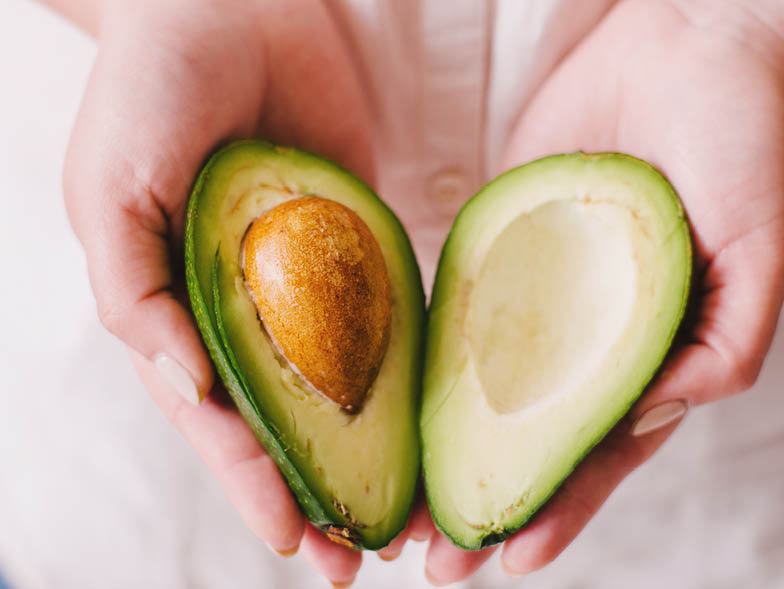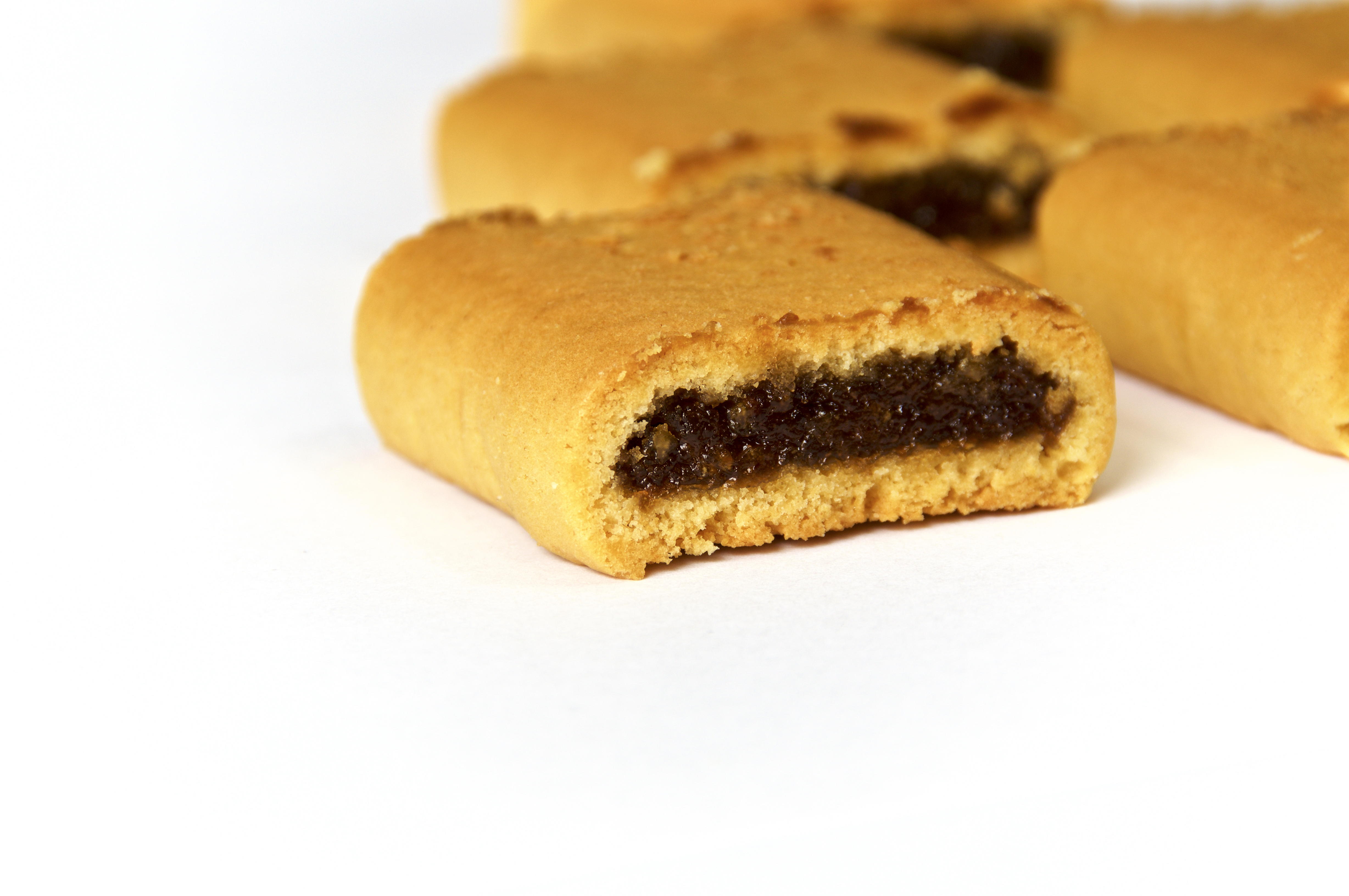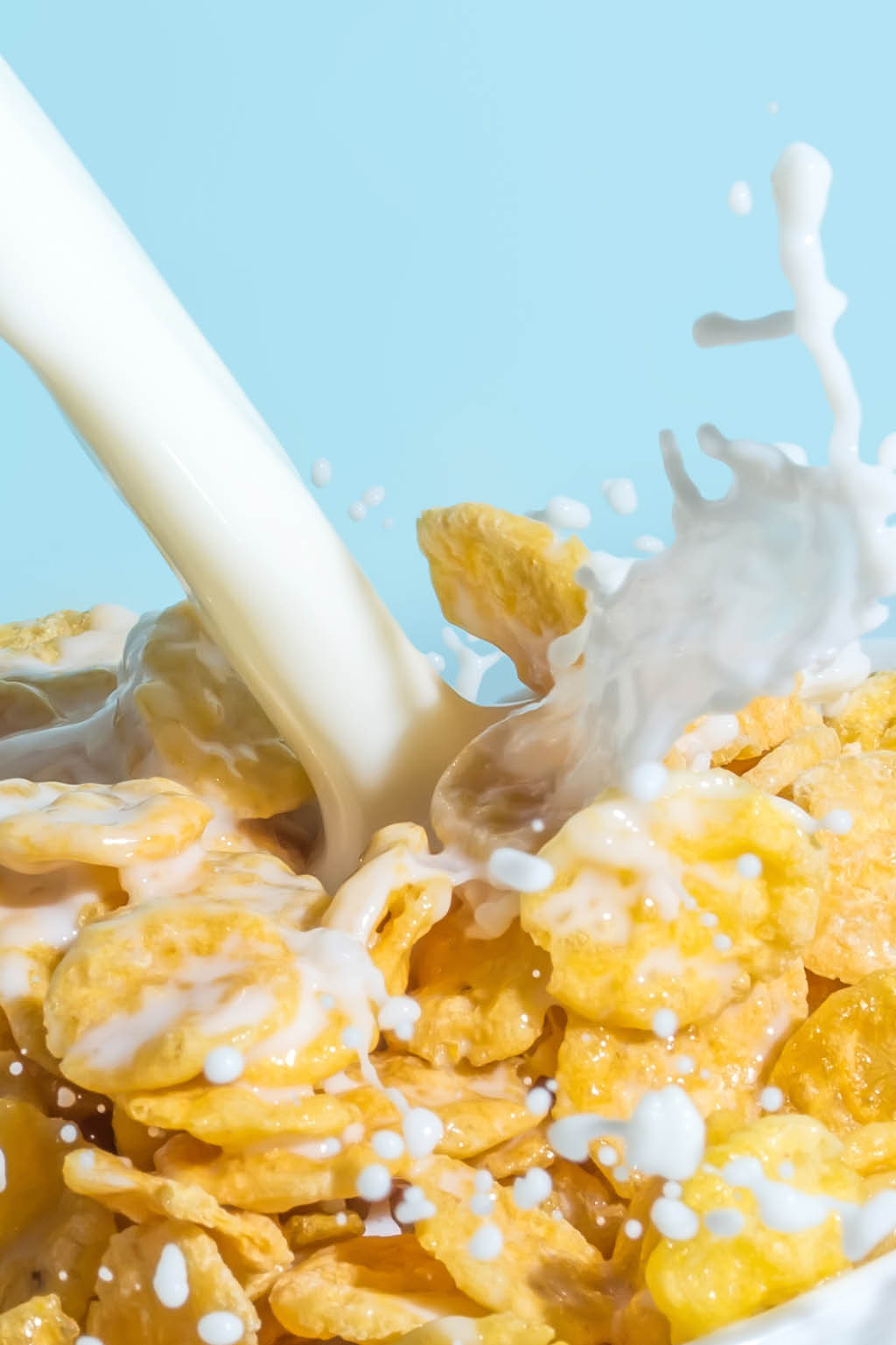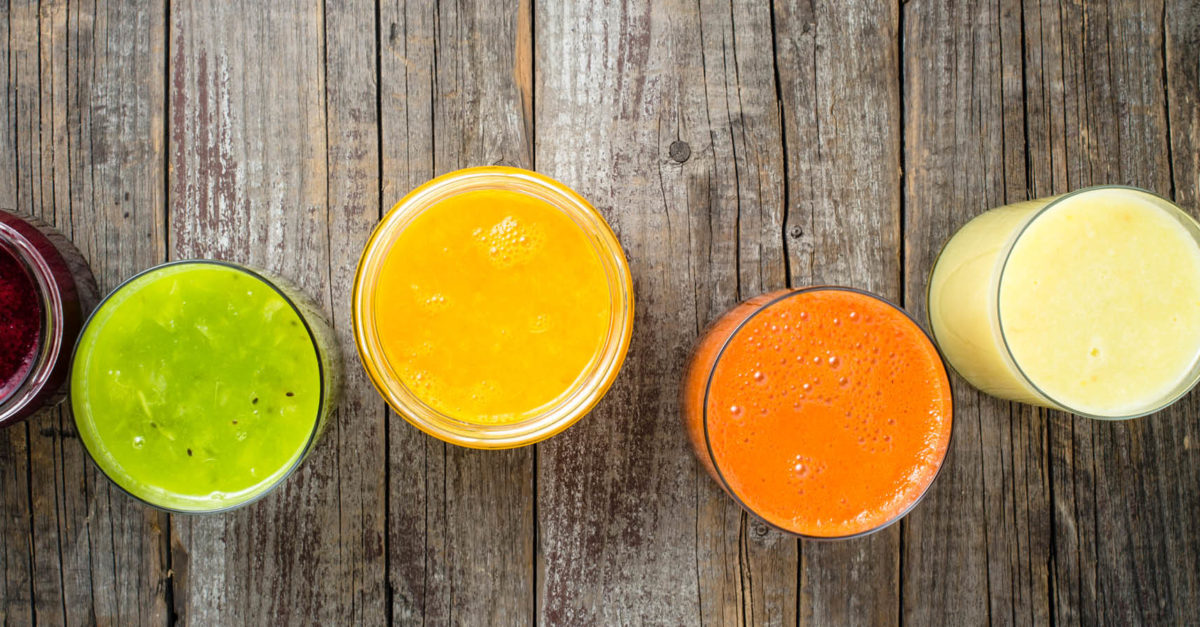Fats or Fiction?
You’re hungry, so you head to the kitchen for a snack. You find a pair of tasty choices and, ever health-conscious, check their respective nutrition labels:
OPTION 1:
170 calories, 14 grams fat,
2 grams saturated fat
OPTION 2:
90 calories, 0 grams fat,
0 grams saturated fat
The second option is a no-brainer, right? If so, you’d be enjoying two fat-free fig cookies. Option one is a handful of classic peanuts—which, surprisingly, should be your choice (assuming allergies aren’t an issue, of course).
One of the reasons is that the peanuts have only three ingredients, while the cookies have over a dozen. But there’s also the illusion that, since the fig cookies are fat free, they must be the more nutritious option. (By that same logic, diet soda would be better for you than low-fat milk.) The truth is, the fat in low-fat or fat-free foods is usually replaced with things like sugar and additives for taste, making them iffy choices.
Perhaps the most important difference between these two options is in the type of fats you are consuming. The peanuts have healthy, good-for-you fats your body needs, as opposed to others, which can actually be harmful. Knowing the difference between good and bad fats can be the key to a healthier life.
The Big Four
GOOD: MONOUNSATURATED AND POLYUNSATURATED FATS
A landmark longitudinal study started in 1958, the Seven Countries Study, concluded that foods like fatty fish and dark chocolate had positive outcomes for preventing cardiovascular disease because of the types of fat being consumed: monounsaturated and polyunsaturated. These fats have simple molecular bonds and help with cholesterol, while polyunsaturated fats also provide needed fatty acids that your body can’t produce itself, like omega-3s.
BAD: SATURATED FATS
Commonly found in red meat, dairy, and many processed foods, these fats have been associated with raised levels of cholesterol and heart disease, so experts suggest to keep them to a minimum: 5 to 6 percent of your calories per day. An American Heart Association presidential advisory concluded that replacing these fats with polyunsaturated fats could reduce the risk of cardiovascular disease by 30 percent.
WORST: TRANS FATS
These largely manufactured fats are made through a process called hydrogenation, which adds hydrogen to vegetable oil. Created in Europe around the turn of the twentieth century, they were popularized in items like Crisco and eventually became a means of making processed foods.
However, it was later discovered that trans fats are particularly good at raising LDL (bad cholesterol), which can lead to serious heart problems. As a result, in 2015 the FDA declared that trans fats were not safe and needed to be eliminated from the US food supply; as of 2018, companies are no longer allowed to add them to their food products.
Be wary, though. The FDA’s ruling does not impact natural sources of trans fat. And if an item has less than 0.5 grams of trans fat per serving, its manufacturer can list it as having zero grams of trans fats and market it as such.

Fantastic Fatty Foods
In addition to fatty fish (such as tuna, salmon, and mackerel) and dark chocolate (with at least 70 percent cacao), the following foods are just a few examples of high-fat foods that are packed with benefits. Don’t go all-out, though: they do still have calories and fat, after all, so too much of a good thing really can become a bad thing.
AVOCADOS
A poster child for a healthy fatty food is the überpopular avocado. One-third of a medium avocado has around 80 calories, 8 grams of fat, and 1 gram of saturated fat. That may sound like a lot—especially for a fruit. The key is that 75 percent of the fats are good fats: monounsaturated and polyunsaturated.
NUTS
As illustrated earlier, you might initially blanch at the fat counts associated with some nuts. That said, many nuts and peanut butter fall under the monounsaturated/polyunsaturated category. Make sure to check for added ingredients in nuts and nut butters, though. (For example, low-fat peanut butter often has added sugars.)
OILS
Not all oils are created equal. Olive oil, canola oil, peanut oil, and sesame oil are among those high in healthy monounsaturated fats, and soybean, corn, and sunflower oils are good sources of polyunsaturated fats.
 Healthy—or Concealing Hidden Dangers?
Healthy—or Concealing Hidden Dangers?
Despite all the messages about low-fat foods being good for you, there’s a fat chance that it’s always true. Check out these popular examples to get the skinny on their positives and negatives.
CEREAL
Navigating for healthy cereals can be tricky—though almost all are low in fat, most have added sugars and refined ingredients. Paying attention to the nutrition and ingredients is a must.
JUICE
Once seen as a cure-all, juice still has health benefits, except for the sheer amount of sugar. Check the labels, and opt for the nutrition benefit of 100 percent fruit juice instead of fruit drinks. Better yet: choose water.
POPCORN
Talk about extremes: freshly popped popcorn, made with no oil or healthy oil, is essentially a superfood, containing numerous health benefits—but movie theater popcorn is a calorie-and-fat bomb.
PRETZELS
Sure, these popular snacks, made with refined carbs, lack fat, which is usually compensated for with high amounts of sodium.
VEGGIE CHIPS
Notice that, in the ingredients list on many varieties, the primary components aren’t vegetables. Plus, these chips—like their potato brethren—don’t provide much nutrition.
YOGURT
Check the Nutrition Facts label on flavored and light versions: the sugar content is usually quite high. Stick with plain yogurt (particularly Greek yogurt) for maximum benefits. Similarly, the frozen version often has less fat than ice cream but more sugar and calories.
RAISINS
Much like orange juice, raisins are packed with benefits but come with a high sugar risk. Be sure to use portion control to get the best out of this dried fruit.
SALADS AND SALAD DRESSINGS
Be wary of salad kits, which tend to add calories and fat to the veggies. And watch dressings when they are in bottles, packages, or restaurants: additives and other unhealthy ingredients are often included. Your best bet is to make your own with fresh veggies and healthy oils.
Despite what you may have heard, fats are not necessarily your enemy—fat-filled food isn’t always fattening food, and low-fat doesn’t always mean healthy. When it comes to fats, much like many other things in life, it comes down to making informed decisions and finding a healthy balance for the best results.
For more info, visit heart.org









